What will the grocery business look like in 5 years?
by Bill Bishop
 Recent moves by Lidl, Aldi and Amazon are sending tremors through the food distribution/retailing business that will result in major changes over the next 5+ years, and the question on the minds of many is: What will the grocery business look like in 5 years? Here’s what we see happening.
Recent moves by Lidl, Aldi and Amazon are sending tremors through the food distribution/retailing business that will result in major changes over the next 5+ years, and the question on the minds of many is: What will the grocery business look like in 5 years? Here’s what we see happening.

Already, hard discounters’ market share is approaching 15% in the UK, and in the US, growth in this segment will accelerate – driven by the combination of new, larger Lidl stores and Aldi’s major investment in new and remodeled stores. For two years Bill Bolton and I have been studying the progress of Aldi and Lidl in this country, and we estimate their combined sales will reach $50 to $65 billion by 2023.
Walmart will be the big dog in the middle market. We don’t believe it’s possible for Walmart to match hard discounter pricing, and as industry consolidation continues, they are likely to become the default choice for shoppers who want national brands but don’t want to overpay. Walmart is in a strong position: It currently serves about 15% of the total US grocery market, it has a large store network, and it’s making a significant investment in both the in-store and online shopping experience.
Service Seekers will be attracted to a range of innovative retailers – independents that have pivoted to selling more food than groceries, the Amazon/Whole Foods nexus, and retailers like Sprouts and Wegmans that have forged strong relationships with their core customers.
Finally, no matter which customer segment you serve, all retailers and suppliers will need to become more agile and nimble. Everyone will need to use their data to build stronger relationships with customers and to develop planning systems that allow them to respond more quickly.
 Recent moves by Lidl, Aldi and Amazon are sending tremors through the food distribution/retailing business that will result in major changes over the next 5+ years, and the question on the minds of many is: What will the grocery business look like in 5 years? Here’s what we see happening.
Recent moves by Lidl, Aldi and Amazon are sending tremors through the food distribution/retailing business that will result in major changes over the next 5+ years, and the question on the minds of many is: What will the grocery business look like in 5 years? Here’s what we see happening.The ominous wild card
Amazon and the growth of hard discounters are going to suck a lot of oxygen out of the grocery market in the next 5 years, but by far the biggest and most ominous wild card is Amazon. With its offer to purchase Whole Foods, Amazon’s market position shifts from “outsider competition” to “one of us,” raising a lot of uncomfortable questions.
- Will Amazon invest in lowering prices to drive more business to Whole Foods?
- What else does Amazon plan to do with Whole Foods?
- How will brand manufacturers be impacted by Amazon’s purchase?
We’ll return to changes in the competitive landscape later in this piece, but first we’re going to tackle an even more crucial topic – how consumers are changing. Because, how well you pay attention to consumers’ changing needs will mean far more to your survival than focusing on your competition.
Emerging Consumer Segments
Three consumer segments are emerging from the fragmentation that’s been eroding the mass market for two decades. Here’s a look at those segments, what motivates them, and what percentage of market share we believe they will represent in markets served by the full range retail options in 5 years. (Local markets with limited options will differ.)

1. Savings Superfans: 12% in 5 years, growing to 15% longer term
These consumers are willing to make tradeoffs in return for spending significantly less on food and groceries, and they will be strongly attracted to hard discounters.Already, hard discounters’ market share is approaching 15% in the UK, and in the US, growth in this segment will accelerate – driven by the combination of new, larger Lidl stores and Aldi’s major investment in new and remodeled stores. For two years Bill Bolton and I have been studying the progress of Aldi and Lidl in this country, and we estimate their combined sales will reach $50 to $65 billion by 2023.
2. Traditionalists: 55% in 5 years, 47% farther out
Traditionalists are generally satisfied with current grocery options, but they don’t want to overpay. They are strongly attracted by retailers that carry a mix of aggressively priced national brands and private label products.Walmart will be the big dog in the middle market. We don’t believe it’s possible for Walmart to match hard discounter pricing, and as industry consolidation continues, they are likely to become the default choice for shoppers who want national brands but don’t want to overpay. Walmart is in a strong position: It currently serves about 15% of the total US grocery market, it has a large store network, and it’s making a significant investment in both the in-store and online shopping experience.
3. Service Seekers: 33% of market share in 5 years, 38% farther out
These consumers are focused on value received and are willing to pay (though not necessarily overpay) for that value. They seek out products that are curated to support their values (like organic), and/or services that deliver solutions (like meals vs. ingredients) or save time (like online ordering, click and collect, delivery, and subscriptions).Service Seekers will be attracted to a range of innovative retailers – independents that have pivoted to selling more food than groceries, the Amazon/Whole Foods nexus, and retailers like Sprouts and Wegmans that have forged strong relationships with their core customers.
Now for the competitive landscape
Although consumers will step outside their segment to satisfy certain needs, overall, each segment will be attracted to certain types of retailing. Competition within each segment will be intense for retailers – but competition between segments will be less so. The hard discounters will have a natural monopoly with Savings Superfans; with their efficient, private label supply chains, they will be nearly impossible to beat on price. Among Traditionalists, Walmart is in a strong position to increase its share as weaker players with similar offers (mainly national brands plus some private-label) drop out.
The competition for Service Seekers, will be intense and fast-paced. Success will require three things.
- strong relationships with customers
- excellent use of data to track changing tastes and values
- agility, i.e., planning timetables that enable fast response
What will Amazon do?
Amazon will focus on competing for share within the Service Seeker segment with whom its offer resonates most strongly. We expect Amazon will:
- Invest in lowering prices at Whole Foods for both in-store and online purchases.
- Leverage the Whole Foods brand to improve its reputation for fresh foods, and leverage Whole Foods’ refrigerated supply chain/retail infrastructure to deliver against that promise.
- Move to integrate online and in-store purchases for a seamless experience that includes significantly more Amazon private label products.
- Actively develop and bring innovative new products to market, especially in the hot, fast growing areas of natural and organic.
What should you do now?
First decide if you want to stay in the game. This is not a throwaway question, and it deserves serious consideration. Second, if you decide to stay in, then you need to commit to the segment whose needs you can serve.Finally, no matter which customer segment you serve, all retailers and suppliers will need to become more agile and nimble. Everyone will need to use their data to build stronger relationships with customers and to develop planning systems that allow them to respond more quickly.






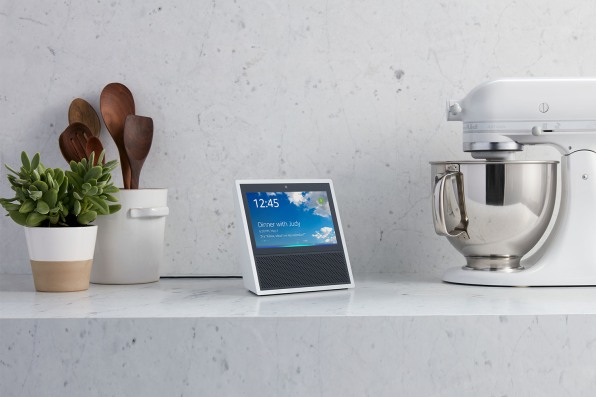

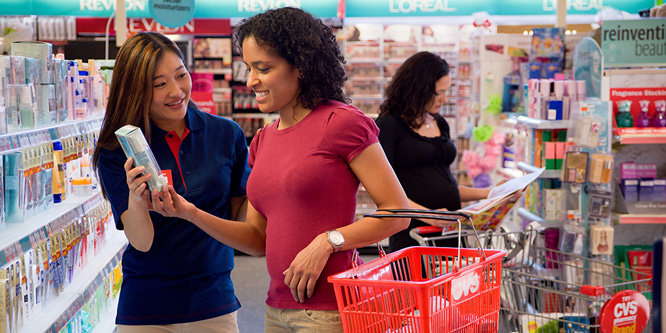


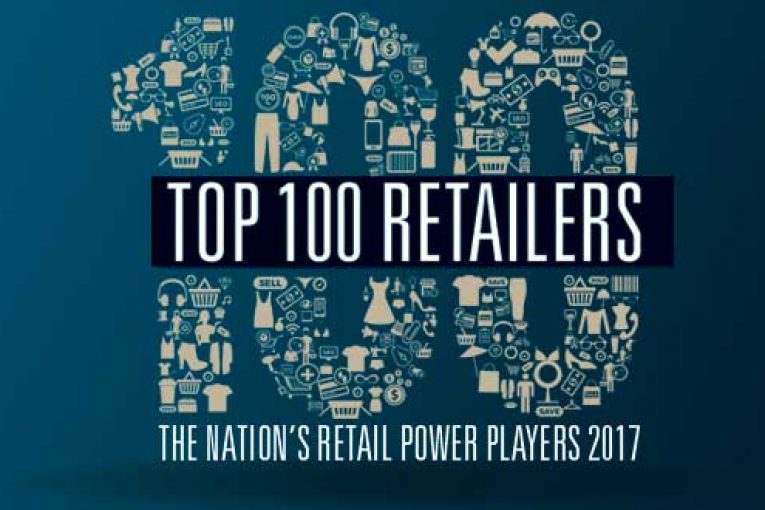
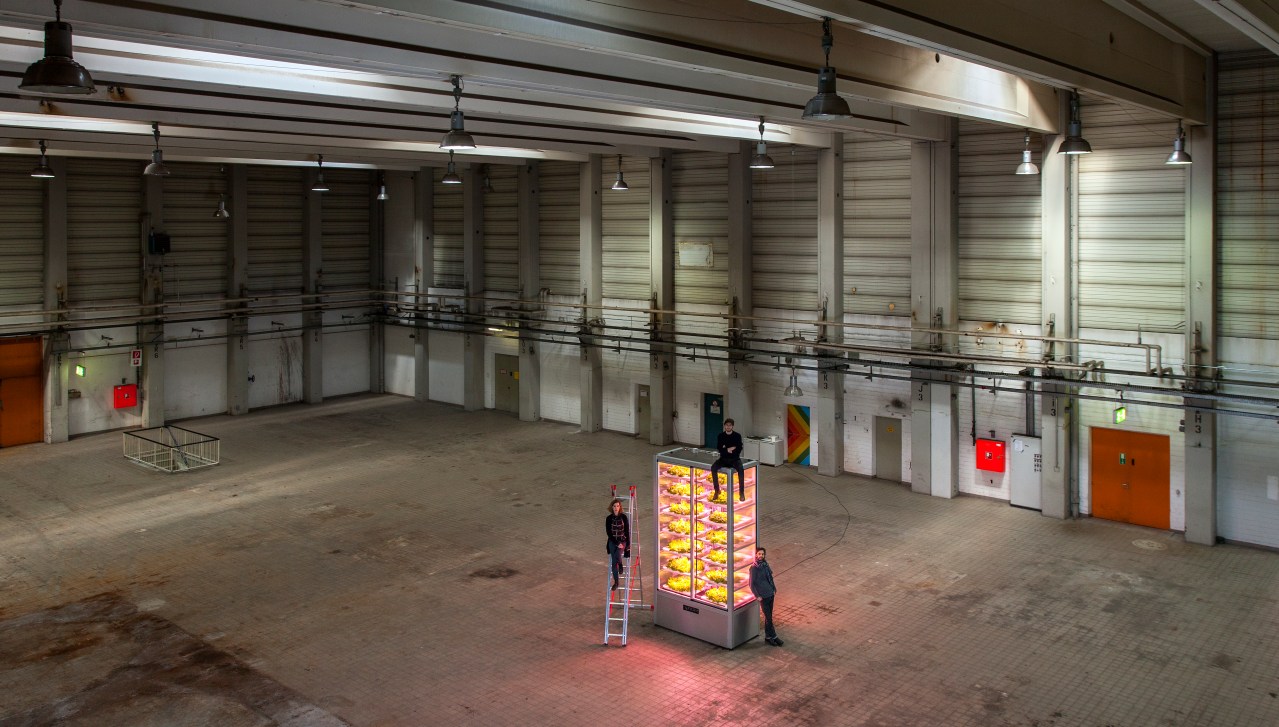

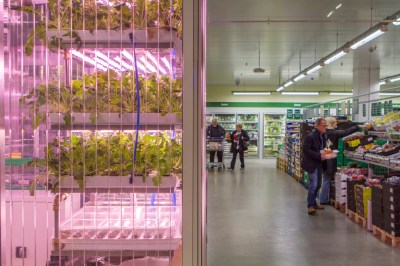 Christian Meermann, Founding Partner at Cherry Ventures, says the distributed nature of Infarm’s system is one of the things that made the startup stand out from other vertical farming companies the VC firm looked at. This, he says, is seeing Infarm create a network of farms that are centrally controlled and monitored from the cloud and do not require the startup to build huge farming warehouses of its own.
Christian Meermann, Founding Partner at Cherry Ventures, says the distributed nature of Infarm’s system is one of the things that made the startup stand out from other vertical farming companies the VC firm looked at. This, he says, is seeing Infarm create a network of farms that are centrally controlled and monitored from the cloud and do not require the startup to build huge farming warehouses of its own.